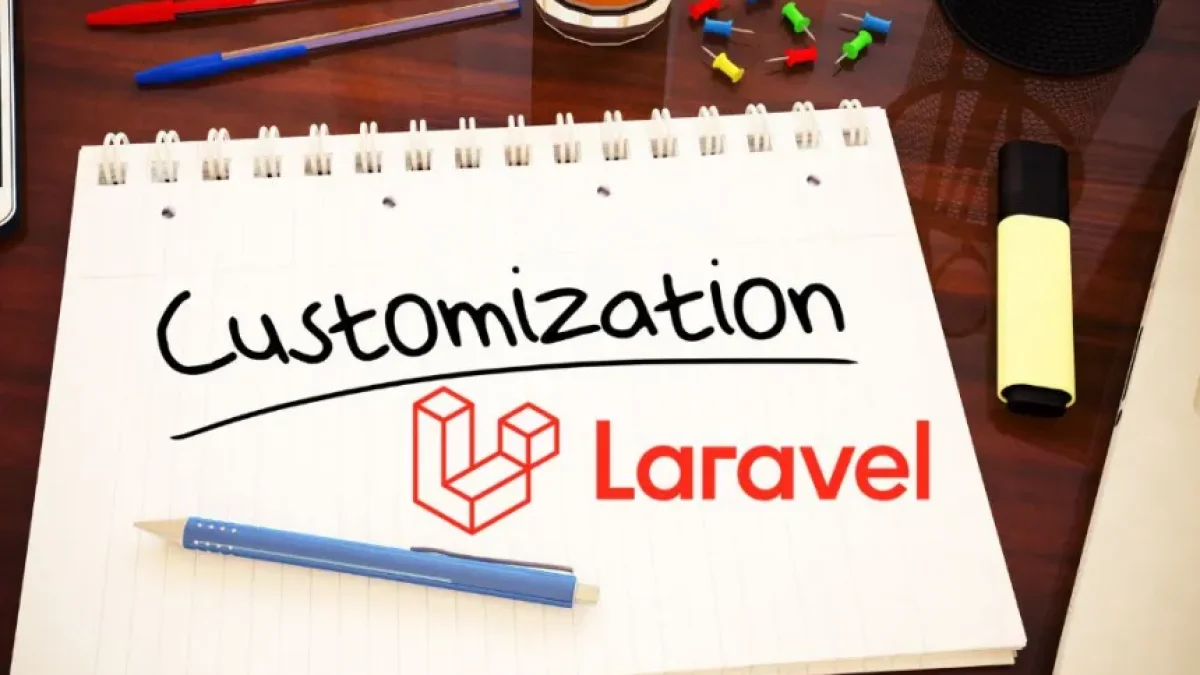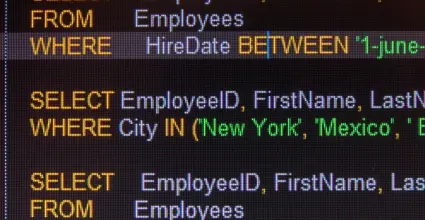Complete Guide to Understanding Service Classes in Laravel


Service classes in Laravel are a powerful tool that allows you to organize, reuse, and maintain code more efficiently. In this guide, we will break down the importance of these classes, their structure, and how they can be implemented in your projects. Reading this information will help you improve your skills in development with Laravel and better understand the possibilities that this framework offers.
What are service classes in Laravel?
Service classes are components used to encapsulate the business logic of an application. Their main goal is to separate this logic from controllers and other segments of the application. In simple terms, they allow for more organized handling of specific operations.
Benefits of using service classes
- Cleaner code: By grouping business logic into a service class, your code becomes more readable and easier to follow.
- Reusability: Service classes allow you to reuse the logic in different parts of the application without the need to duplicate code.
- Ease of testing: With more structured and separated code, it becomes easier to carry out unit testing.
How to create a service class
Creating a service class in Laravel is a relatively simple process. Below are the basic steps:
Step 1: Create the class
To create a new service class, you can use the Artisan command. In the terminal, run the following command:
Read also
php artisan make:service ServiceName
This will generate a new service class in the corresponding directory, usually within app/Services.
Step 2: Implement the logic
Once the class is created, you can start implementing the business logic within it. You can define methods that perform the necessary operations and access them from controllers or any other component of your application.
Step 3: Inject the class into controllers
To be able to use your service class, it is necessary to inject it into the controllers. This is done through dependency injection, which allows the controller to access the logic defined in the service class.
Read also
public function __construct(ServiceName $serviceName)
{
$this->serviceName = $serviceName;
}Practical example
Let’s imagine you are developing a user management application. You can create a service class called UserService that contains methods for creating, updating, and deleting users.
namespace App\Services;
class UserService
{
public function createUser(array $data)
{
// Logic for creating a user
}
public function updateUser($id, array $data)
{
// Logic for updating a user
}
public function deleteUser($id)
{
// Logic for deleting a user
}
}Then, you can call these methods from your controller and keep your code clean and organized.
Conclusion
Service classes are a fundamental part of development in Laravel that contribute to the organization and scalability of applications. By structuring business logic appropriately, developers can improve readability and facilitate code maintenance.
If you are interested in discovering more about Laravel and related topics, I invite you to keep exploring the entries in my blog. Here you will find more articles to continue enriching your knowledge. Don't miss them!



















